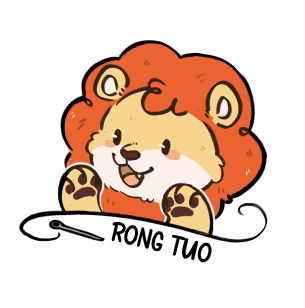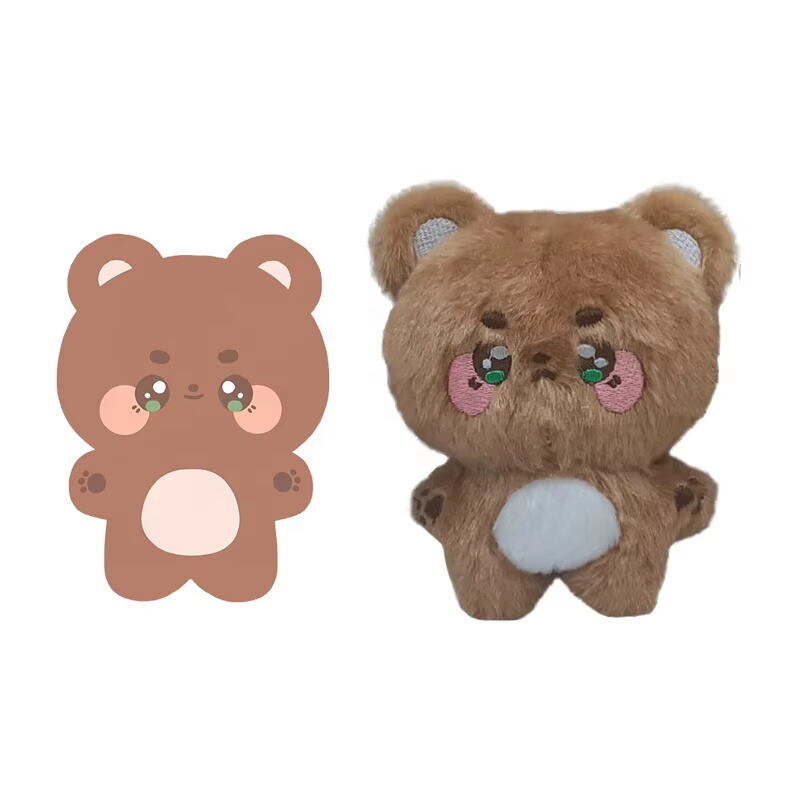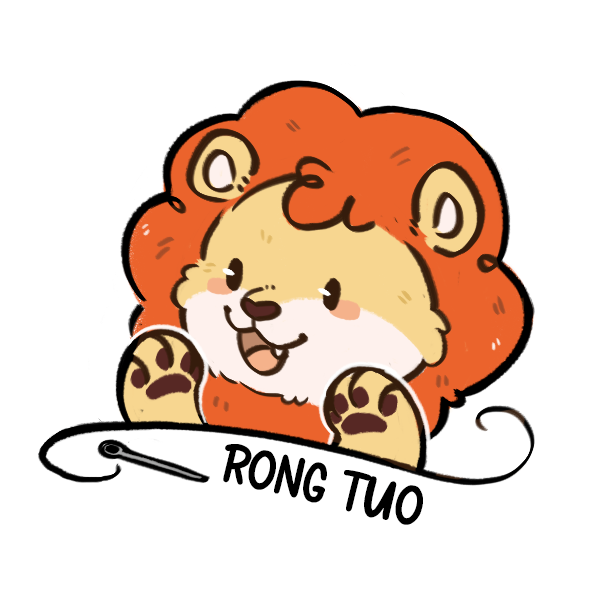Understanding Safe Plush Toy Selection for Sensitive Children
Selecting plush toys for children with allergies requires careful consideration and attention to detail. Parents and caregivers must navigate through various materials, manufacturing processes, and safety certifications to ensure their little ones can enjoy cuddly companions without triggering allergic reactions. The growing market for hypoallergenic plush toys offers numerous options, but making the right choice demands understanding specific factors that contribute to a toy's safety and suitability.
Children naturally gravitate toward soft, huggable playthings, making it crucial to find alternatives that provide comfort while maintaining their health and well-being. Modern manufacturing techniques have evolved to create plush toys specifically designed for children with sensitivities, using materials and processes that minimize potential allergic reactions.
Essential Materials and Manufacturing Considerations
Safe Fabric Selections
The foundation of hypoallergenic plush toys lies in the careful selection of materials. Organic cotton stands out as a premier choice, as it's grown without harmful pesticides and chemicals that could irritate sensitive skin. Bamboo-derived fabrics offer another excellent alternative, providing natural antimicrobial properties while remaining incredibly soft to the touch.
High-quality synthetic materials like polyester microfiber can also serve as suitable options when properly manufactured. These materials undergo stringent cleaning processes and treatments to remove potential irritants, making them safe for children with allergies. The key lies in selecting toys made with certified hypoallergenic materials that have been tested for common allergens.
Fill Material Safety
The stuffing inside hypoallergenic plush toys plays a crucial role in their overall safety. Many manufacturers now use specialized polyester fiberfill that's been treated to resist dust mites and other common allergens. Some premium options feature natural alternatives like kapok fiber or cleaned and processed wool that's been specifically treated for allergy-prone individuals.
The density and quality of the filling material also matter, as properly packed stuffing prevents the formation of pockets where allergens might accumulate. Look for toys with consistent filling distribution and those that maintain their shape even after repeated washing.
Quality Standards and Certification Requirements
Safety Certifications
When shopping for hypoallergenic plush toys, certain certifications provide assurance of safety and quality. The OEKO-TEX Standard 100 certification indicates that all components of the toy have been tested for harmful substances. Similarly, GOTS (Global Organic Textile Standard) certification ensures organic materials meet strict environmental and social criteria.
Many reputable manufacturers also obtain additional certifications specific to children's products, such as CE marking in Europe or ASTM International safety standards in the United States. These certifications demonstrate compliance with rigorous safety requirements and testing protocols.
Manufacturing Standards
The production environment plays a vital role in creating truly hypoallergenic plush toys. Leading manufacturers maintain clean room conditions during production, minimizing exposure to potential contaminants. They implement strict quality control measures throughout the manufacturing process, from material selection to final packaging.
Regular testing and documentation of manufacturing procedures ensure consistent quality and safety standards. This includes monitoring air quality in production facilities, implementing proper storage protocols, and maintaining detailed records of material sources and processing methods.
Maintenance and Care Guidelines
Cleaning Protocols
Proper maintenance of hypoallergenic plush toys is essential for maintaining their safety benefits. Regular washing using appropriate methods helps remove accumulated dust, allergens, and other potential irritants. Most quality hypoallergenic plush toys are machine washable, though specific temperature settings and detergent types may be recommended.
It's advisable to wash new toys before first use to remove any residual manufacturing chemicals or dust from packaging and storage. Establishing a regular cleaning schedule helps maintain the toy's hypoallergenic properties and extends its lifespan.
Storage Solutions
Proper storage practices prevent the accumulation of dust and allergens between uses. Sealed containers or bags can protect hypoallergenic plush toys when not in use. Consider using humidity-controlled storage areas to prevent the growth of mold or mildew, which could compromise the toy's hypoallergenic properties.
Regular inspection of storage areas and containers ensures maintained cleanliness and helps identify any potential issues before they affect the child's health. Rotating toys can also help manage exposure and extend their useful life.
Frequently Asked Questions
How often should hypoallergenic plush toys be washed?
Hypoallergenic plush toys should be washed every 2-4 weeks with regular use, or more frequently if visibly soiled or if the child has severe allergies. Always follow manufacturer's care instructions to maintain the toy's protective properties.
What materials should be avoided in plush toys for allergic children?
Avoid plush toys containing natural fibers like wool (unless specifically treated), certain synthetic materials known to trap allergens, and any toys with added fragrances or chemical treatments. Also be wary of toys containing latex or rubber components.
Can hypoallergenic plush toys lose their protective properties over time?
While high-quality hypoallergenic plush toys are designed for durability, their protective properties can diminish with extensive use or improper care. Regular cleaning, proper storage, and following manufacturer maintenance guidelines help maintain their hypoallergenic qualities longer.


